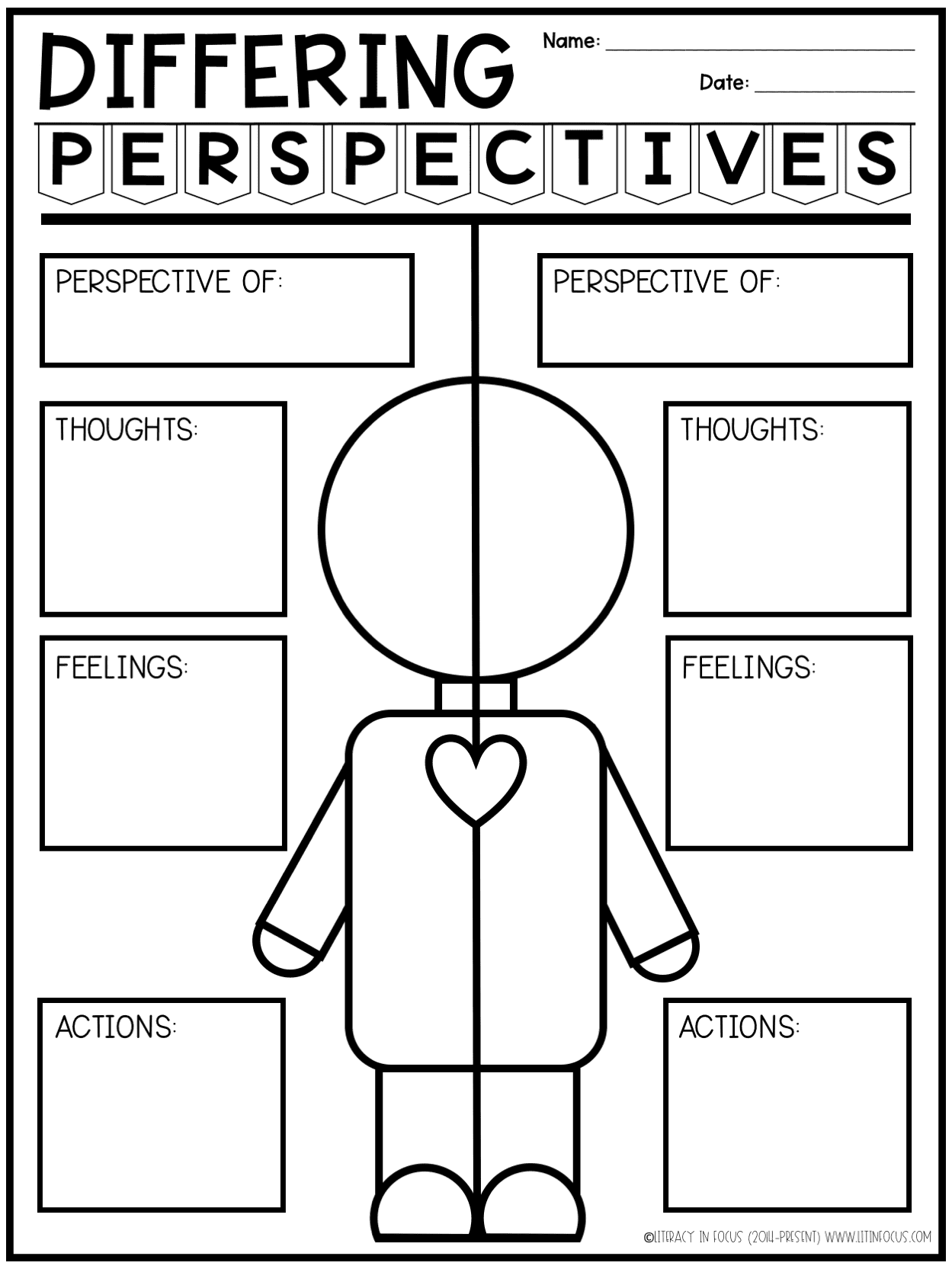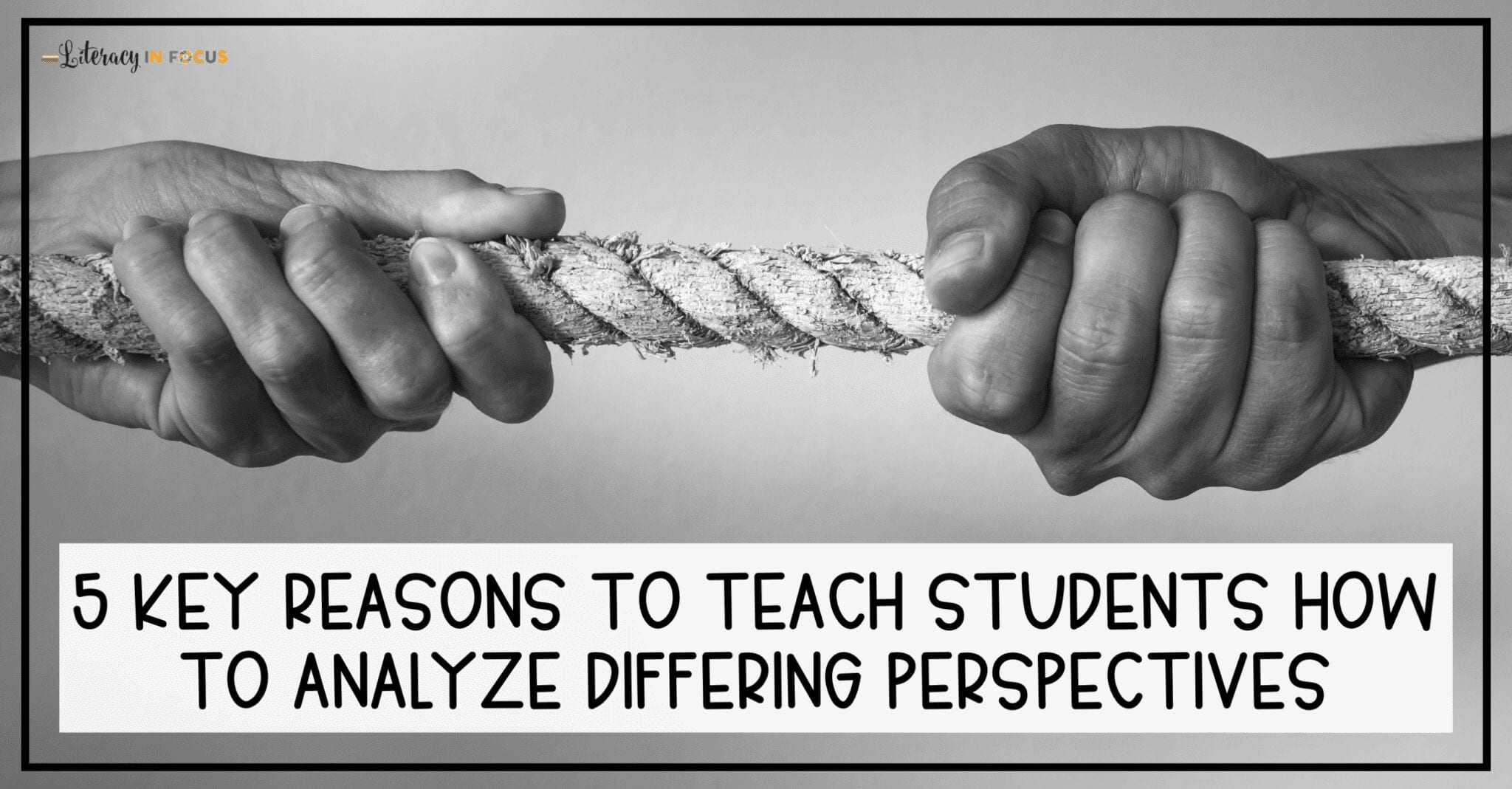
Most of us have experienced a wide range of ability in our students when it comes to perspective. Like all types of dynamic thinking, the process of appreciating and analyzing multiple and diverse perspectives is a developed skill that must be reinforced over time. Although there are numerous reasons to teach students the value of integrating and examining multiple viewpoints, the five reasons listed below will provide you with clear rationale for developing and teaching differing perspectives.
Critical Thinking
The ability to compare differing viewpoints is a cognitively complex process. Comparing, contrasting, analyzing, and interpreting are examples of the skills necessary for understanding multiple perspectives. In addition to thinking critically, students will also need to employ metacognitive strategies such as visualizing and synthesizing. Like any other difficult and complex process, practice and sustained effort will lead to improvement. Over time, examining different perspectives will ultimately strengthen and build critical thinking and metacognitive abilities. Students may also learn to appreciate the importance of divergent thinking.
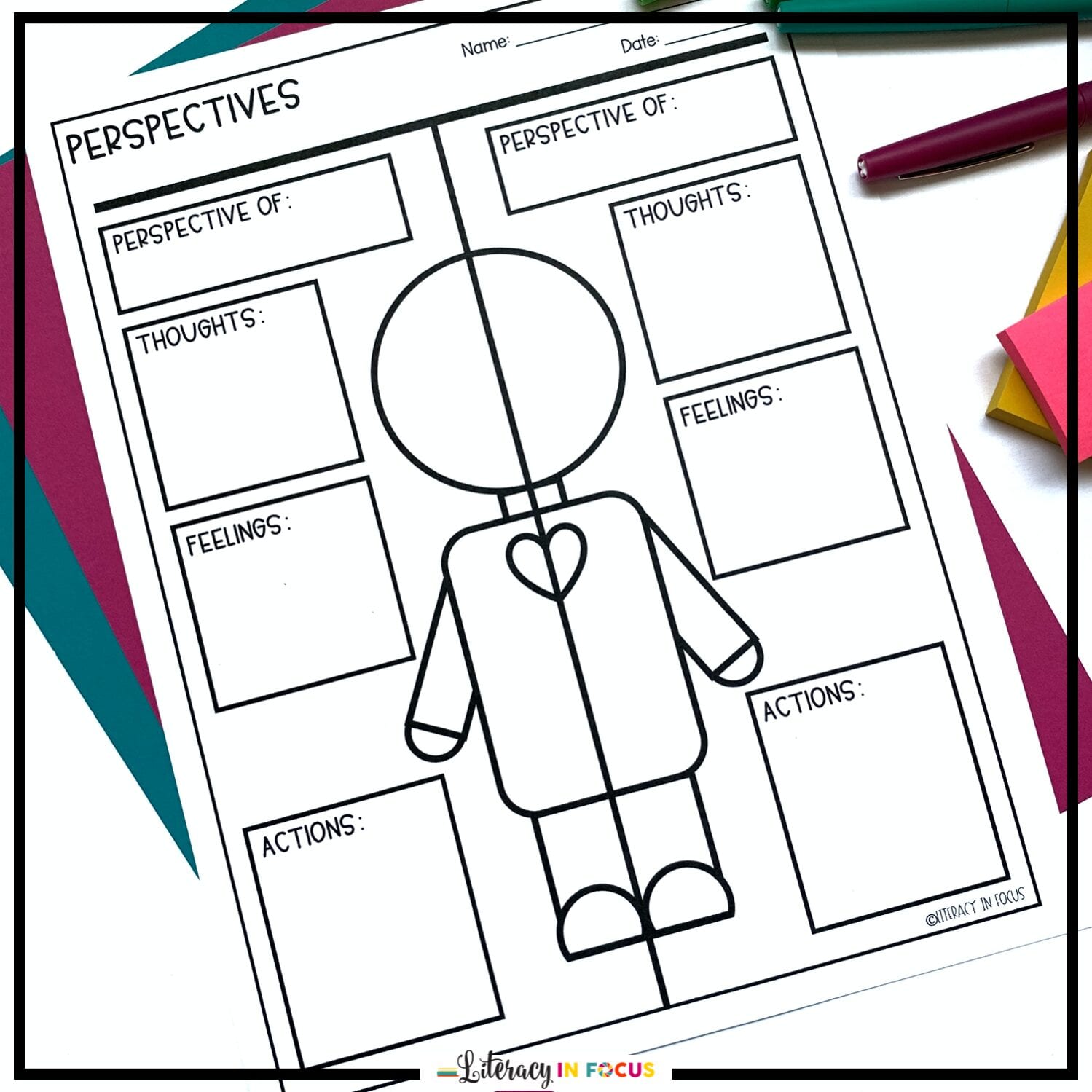
Problem Solving
The ability to understand and acknowledge a differing viewpoint is an integral component of conflict resolution. In order to be effective problem solvers, students need to be able to see the issue from multiple angles. When students understand that there is more than one way to solve a problem, they can shift gears and look for different strategies. Considering different ways of solving the problem will decrease the frustration involved with sticking to a certain thought process and struggling to try a new approach. In addition to benefits the student may experience as an individual, the effectiveness of cooperative groups often relies on the ability of the group members to work through whatever problems may arise.
Tolerance
An essential part of creating an inclusive learning environment includes providing students with a safe space where everyone is valued and respected. Enriching curriculum with an array of topics and issues that take into consideration differing viewpoints will give students concrete examples for incorporating tolerance in their own lives. Taken a step further, it is important to provide students with opportunities to learn from the diverse and varied experiences of each other. Learning to appreciate differing circumstances will help students understand why groups or individuals may see the same event in different ways. Considering the globally connected world we live in, it is extremely advantageous for students to have a deep understanding of compassion and tolerance.
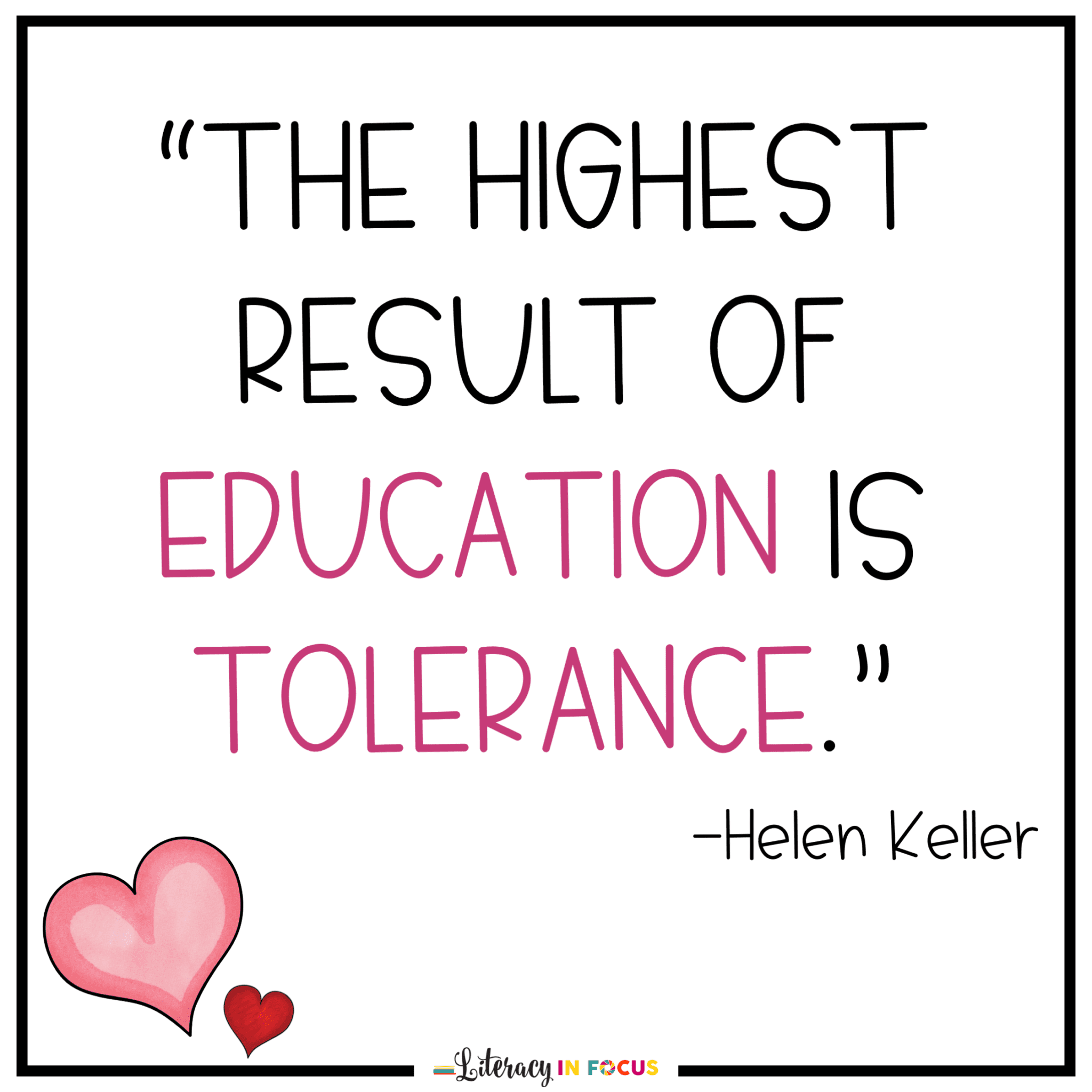
Flexibility
A flexible mindset takes into account the possibility of complex situations with multiple correct answers. Analyzing differing viewpoints is a way to teach students how to harness flexibility in their thinking. In turn, harnessing flexible thinking will enable students to adapt when confronted with change, generate solutions to problems, and adjust to the unexpected. Opening the mind to consider alternative ways of thinking can be a liberating and creative experience for students, especially if they are new to the practice. In addition to stimulating creativity, flexible thinking also promotes resilience. Students who show creativity and flexibility in their thinking are able to solve problems and become more confident when making plans and asking for help. Because cognitive flexibility is a component of executive functioning, its development is a crucial part of success at school and in daily life.
Empathy
Mastering the skill of perspective-taking will help students to develop a stronger sense of empathy. Perspective-taking is the act of perceiving a situation or understanding a concept from an alternative point of view- a critical skill for all aspects of life. When children can grasp another’s perspective, they are more likely to be empathetic, anticipate other’s behavior or thinking, handle conflicts peacefully, be less judgmental, value differences, speak up for those who are victimized, and act in ways that are more helpful, comforting, and supportive of others. Incorporating perspective-taking and the analysis of differing viewpoints into the curriculum will provide students with situational context for learning the new skill. It is also a critical component for promoting a strong classroom community and establishing an empathetic learning environment.
Clearly, the cognitive benefits of analyzing and acknowledging differing perspectives are numerous. Along with the benefits, there are also many opportunities for implementation in the classroom. Graphic organizers are a great place to start. A differing perspectives graphic organizer enables students to build a visual frame of reference for comparing perspectives.
Click Below to Download the FREE Printable and Digital Comparing Perspectives Graphic Organizer
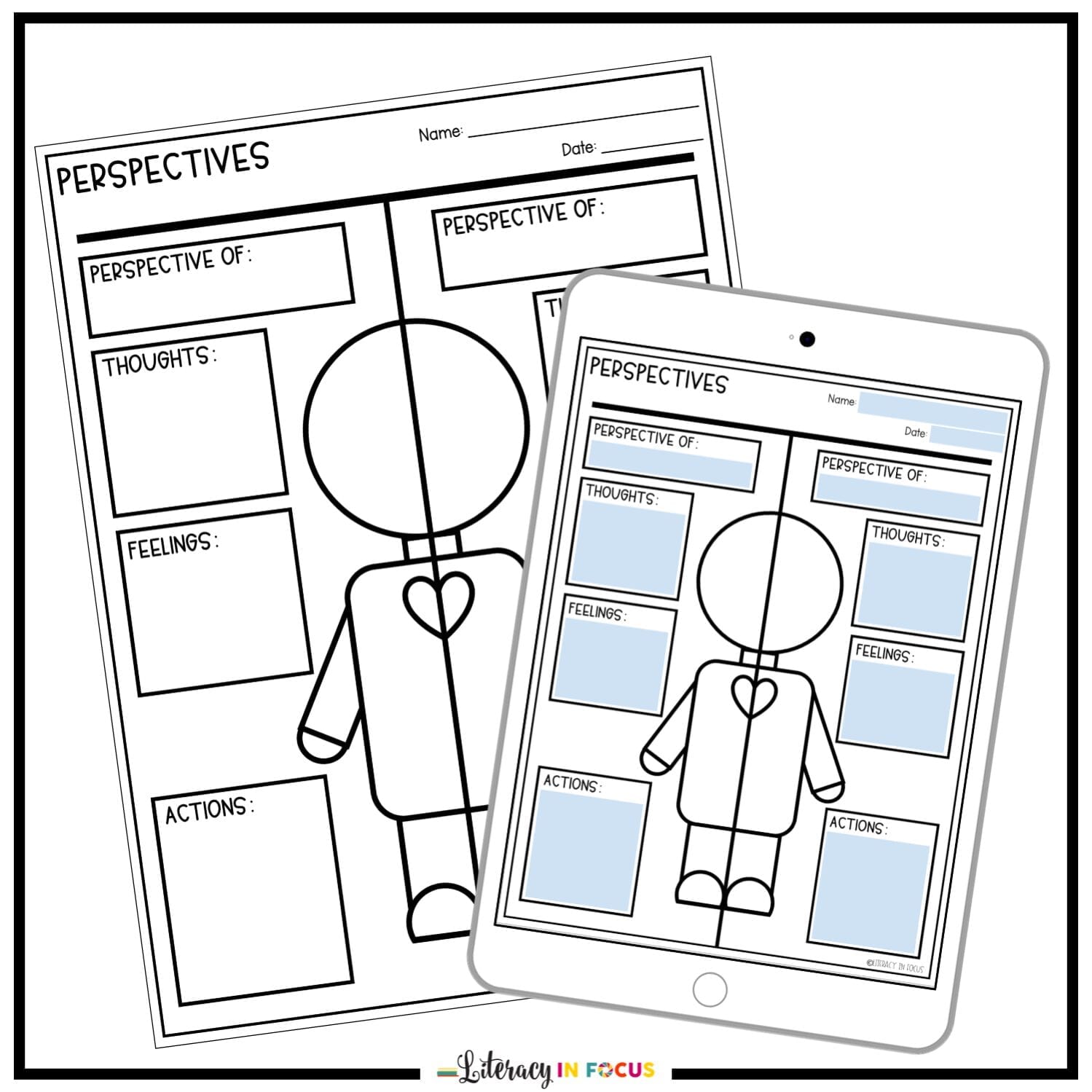
By Brooke Khan, M.Ed
Updated June 11, 2024
FREE Differing Perspectives Graphic Organizer (Printable & Digital)

